In this guide, we will tell you everything you need to know about pocket knife blades before you buy!
Here is a few different types of the most common pocket knife blades. Each type has a specific purpose that's why its to know what each type does to find the right blade for you.
9 Types of Pocket Knife Blades
Dagger
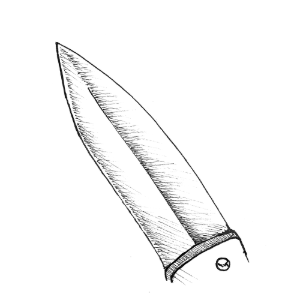
Dagger or Spearpoint is characterized by the symmetrical blade shape that makes it robust.
The blade curves inward on the belly and spine to meet at the edge-point. This shape is ideal for piercing.
Clip-Point
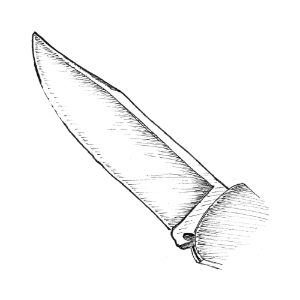
Clip-point blade has a straight spine with part of the leading edge that appears to be clipped off.
Curve is often concave, but it can be straight. This blade is ideal for precision slicing.
Talon
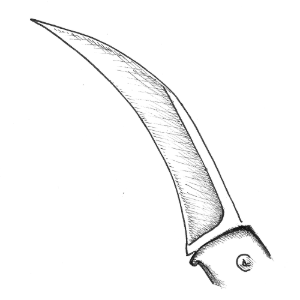
Also called the hawk-bill blade. This blade is built to be intimidating. Blade's shape is characterized by the oversized concave curved belly and spine that is curves down at the edge to meet the belly at a point. This blade is ideal for cutting through tough materials such as carpets, cardboard, or vegetation.
Wharncliffe
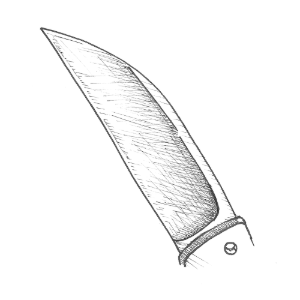
This shape has a straight edge and a curved spine. The curved spine typically extends from the handle to the tip of the blade. This shape is ideal for slicing. This blade is very similar to Sheep's-Foot.
Tanto
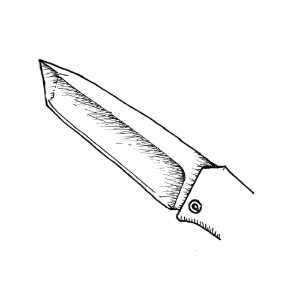
Tanto blades come from Japanese Samurai. Tanto design knives were often carrier as a secondary weapon by Samurai. The blade shape has a angular transition, which makes a robust blade good for piercing, but not ideal for slicing.
Trailing-Point
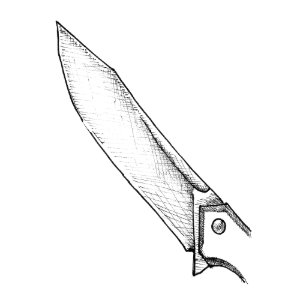
Trailing-point blade often has a spine with an elevated point that's higher then the handle. The belly of the blade is very long and often oversized. This blade is ideal for slicing, skinning, or filleting.
Sheep's-Foot
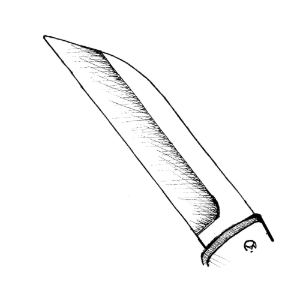
This shape has a straight edge belly and a curved spine that typically extends drops straight to the edge point. This shape is ideal for slicing. This blade is very similar to Warncliffe.
Drop-Point
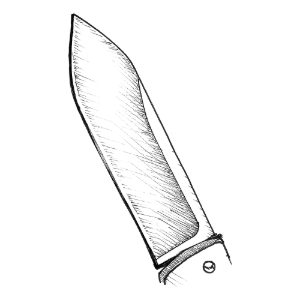
Drop-point blade has a convex curved spine from the handle to meet a the point. This blade shape is ideal for piercing and slicing. It is often used as a general purpose blade.
Straight-Back
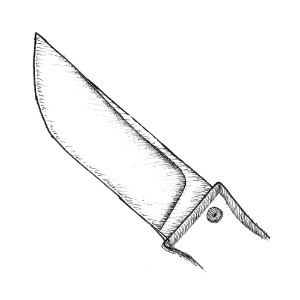
Straight-back blade is characterized by long oversized belly that curves up at the leading edge to meet the long and straight spine at a edge point.
This blade is ideal for chopping and slicing. To see the top 5 best pockets knives click here.
A pocket knife can be a useful tool for both ordinary and unexpected situations. It serves many purposes whether you just want to slice open a bag of snacks or use it in an emergency situation.
We've put together some of the most important items to consider when finding a reliable pocket knife.
Size: Pocket knives come in many sizes. Do you want to comfortably carry it in your pocket along with other items such as your keys or cellphone.
Does it have a clip that you attach it to your belt. Longer blades mean bigger size, but better leverage for your hand and cutting power.
Blade: A sharp blade can the difference between life and death. Material(s) that the blade is built with can determine the reliability and durability of your blade.
How long will it remain sharp? Is it corrosion resistant? Stainless steel blades are currently the most popular, reliable, and durable.
Mechanics: Does the blade swing open or automatically push out when you press a button.
Swing blades are usually more difficult to open. Automatically operated blades are usually more user-friendly. Does it fit comfortably in your hand?
Price: A dependable, reliable, and durable pocket knife will be more expensive. But, as an everyday essential items quality is important.
